
World War I in Photos The Western Front, Part II, and Armistice The Atlantic
artillery, In modern military science, big guns such as cannons, howitzers, or mortars operated by crews and of a calibre greater than 15 mm. The earliest artillery, introduced in the 14th century, were cannons and mortars of bronze, brass, or iron mounted on two-wheeled carriages. Modern artillery dates from the second half of the 19th century.
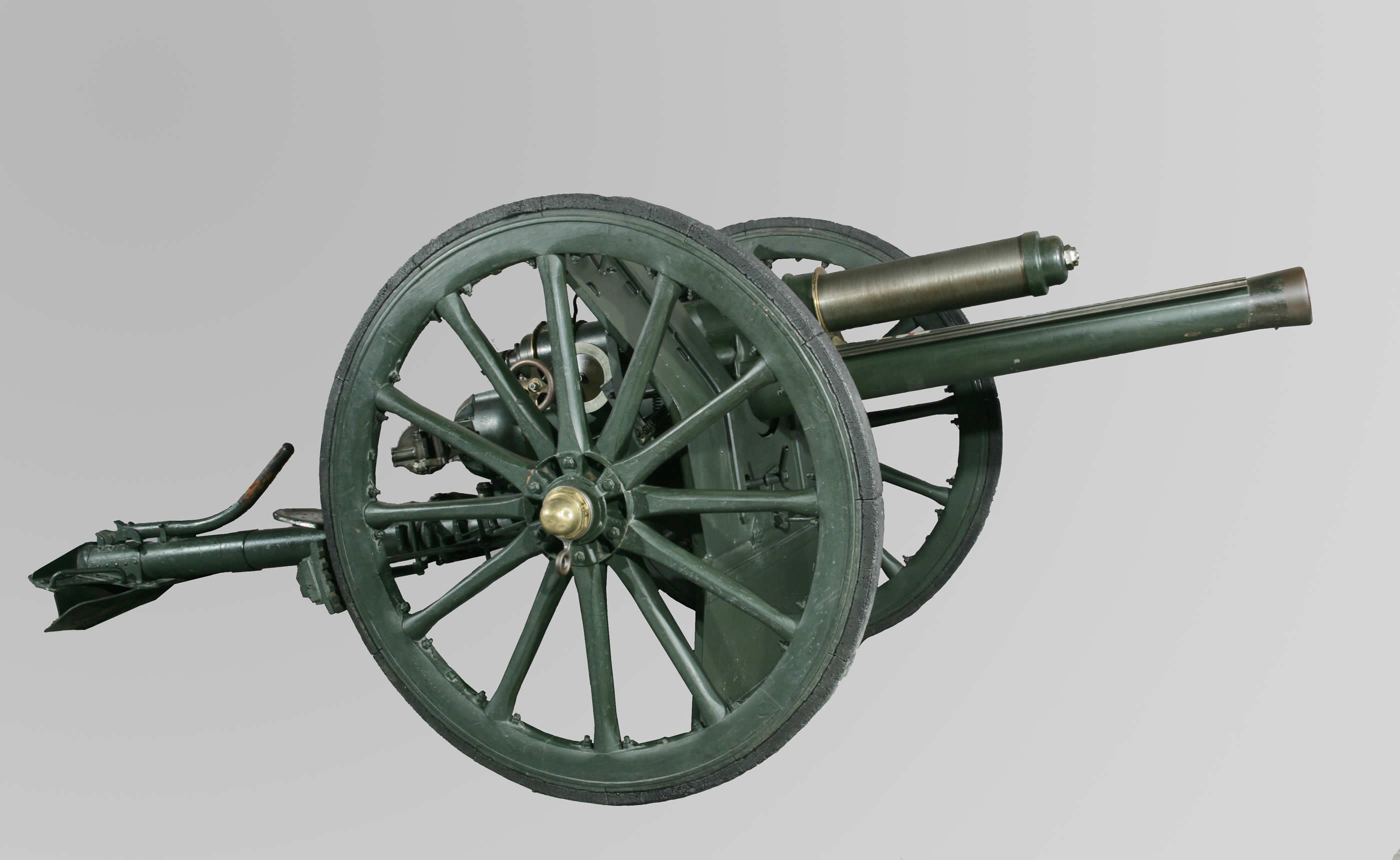
Artillery and Grenades 18pounder Field Gun Canada and the First World War
As in wars prior, artillery in World War 1 (The Great War) was a prerequisite for battlefield success. Artillery proved the number one threat to infantry and tanks alike and came in several light, medium and heavy forms. Additionally, field guns served in the direct line-of-sight role while mortars and howitzers allowed for indirect fire support.

The Royal Horse Artillery The Long, Long Trail
Voices of the First World War is a podcast series that reveals the impact the war had on everyone who lived through it through the stories of the men and women who were there. Share this Share on facebook. Voices of the First World War - Episode 32: Gunners. Hear about the training new wartime recruits to the Royal Artillery had to undergo.

1916. Heavy artillery on the Somme, WW1. Source Paul Reed, Twitter, dropbox. Battle of the
Intro World War 1 is often seen as a mindless slaughter fest that saw little tactical innovation nor major methodical advancements. There are many reasons for this ranging from anti-war literature to military writers that were directly affected by the war.

Key Artillery Techniques of WWI Ww1 battles, History war, Battle of the somme
War History Military Battlespace Weapons Air defence Armor Artillery Barrage Biological Camouflage Cavalry Horses Air cavalry Chemical Combined arms Conventional Cyber Denial Disinformation Drone / Robot Electronic Infantry Loitering Missile Music Nuclear Psychological Radiological Unconventional Tactics Operational Strategy Grand strategy
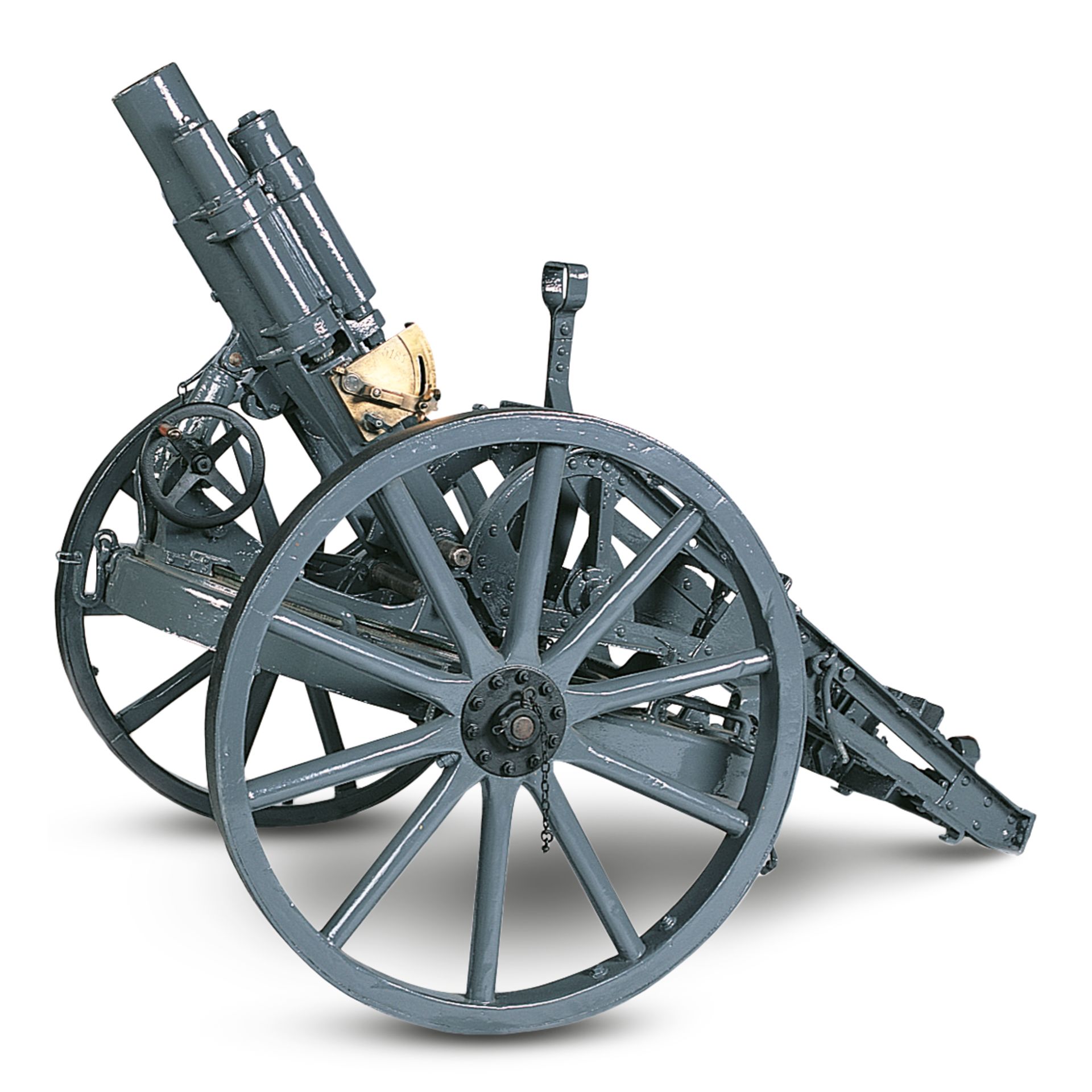
WW1 Artillery Facts Heavy Artillery WW1 DK Find Out
Artillery was the most destructive weapon on the Western Front. Guns could rain down high-explosive shells, shrapnel and poison gas on the enemy. Heavy fire could destroy troop concentrations, wire and fortified positions. Artillery was often the key to successful operations.
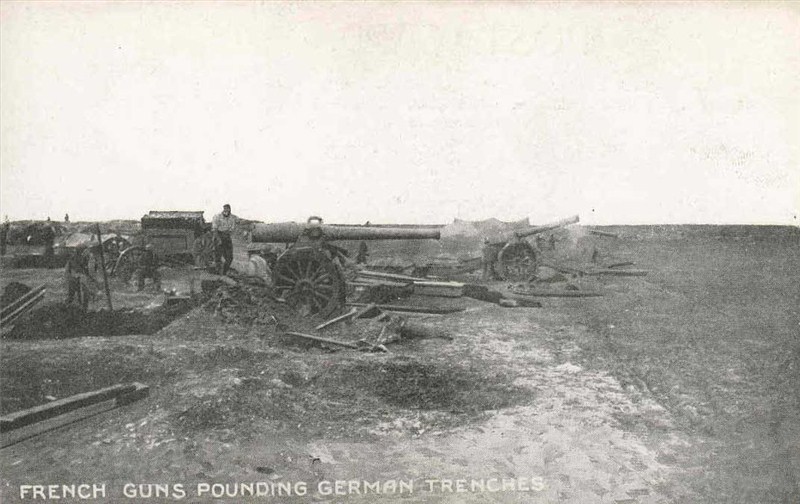
First World Artillery
Artillery was still a blunt instrument at the beginning of the Battle of the Somme in July 1916. Britain hoped that, simply by launching millions of shells at the Germans, you could move forward, occupy, smash ground and break through towns behind the German line by nightfall. The good old phrase "Berlin by Christmas" comes to mind.
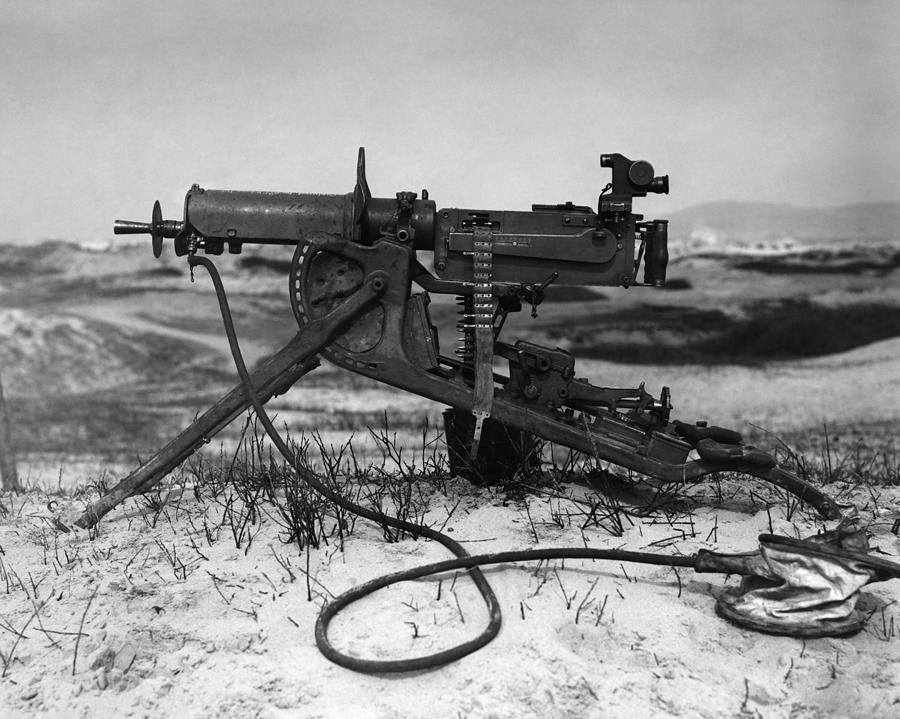
World War I Machine Gun 2 Photograph by Granger Pixels
The Royal Garrison Artillery (RGA) was formed in 1899 as a distinct arm of the British Army 's Royal Regiment of Artillery serving alongside the other two arms of the Regiment, the Royal Field Artillery (RFA) and the Royal Horse Artillery (RHA).
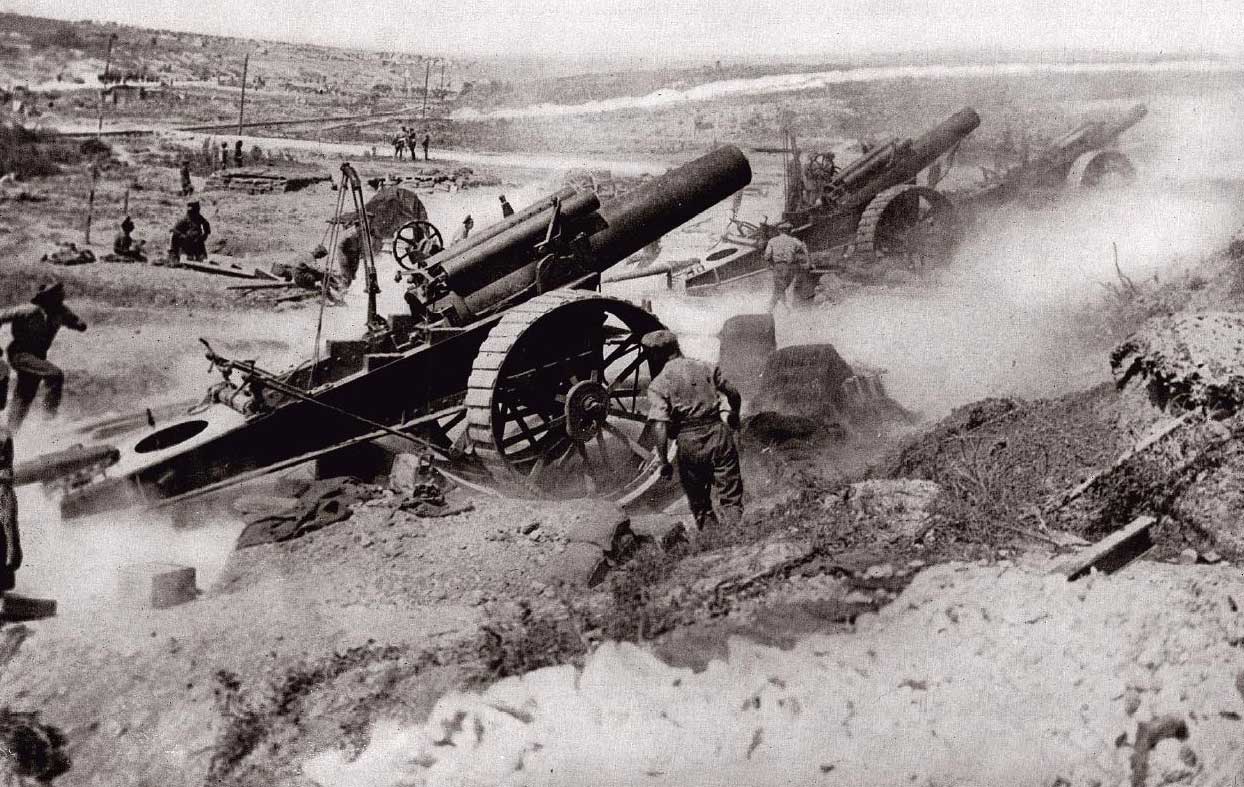
12 Important Artillery Weapons from World War One History Hit
Even before the United States joined World War I, transformations to the American military had begun in earnest. The National Defense Act of 1916 authorized growth of the army to include 21 field artillery regiments. The following year, by April 1917 when the United States officially joined the war, the buildup of artillery units had reached 8,000 officers and men.

The crew of a 6 inch Mark VII gun at work, near Pys, France. March 1917.WW1 Railway Gun, Ww1
Key Artillery Techniques of WWI. One of the great revelations of the First World War was the vast destructive power of artillery. Never before had so many guns of such range and power been put into the field. Mechanisation had increased the speed with which they could be brought to bear, allowing storms of destruction to be rained down upon.

Пин на доске British First World War Artillery
In the First World War, the German field artillery is said to have fired 222 million rounds. The German field artillery entered the war with 5,600 light guns. An additional 1,400 guns existed in the home territory among training units or as reserve equipment. In the last year of the war, the field artillery had approximately 11,000 guns. The exact
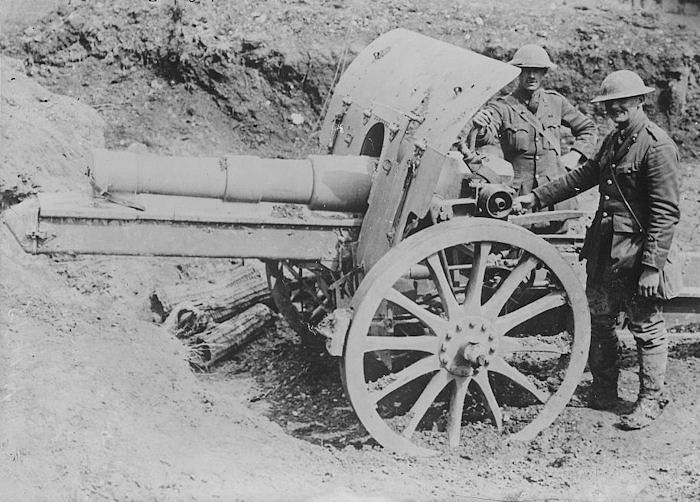
The History Place World War I Timeline 1918 Artillery Shell Burst
Artillery : First World War The word artillery was used to describe large-calibre mounted firearms. The calibre is the diameter of its barrel bore. In the 19th century artillery was divided into light and heavy, depending on the weight of solid shot fired.

RAILWAY ARTILLERY OF THE FIRST WORLD WAR Imperial War Museums
The Western Front Association (The WFA) was formed with the purpose of furthering interest in First World War of 1914-1918. We also aim to perpetuate the memory, courage and comradeship of all those who served their countries on all sides, across all theatres and fronts, on land, at sea and in the air and at home, during the Great War. BM Box 1914,

A Big Bertha, a heavy howitzer gun developed in Germany at the start of World War One. From
Journal of the Society for Army Historical Research 95 (2017), 52-69. ARTILLERY IN THE FIRST WORLD WAR: SOME FIRST-HAND ACCOUNTS BY OFFICERS CAPTURED BY THE GERMANS. A.D. Harvey. On repatriation at the end of the First World War officers who had been of War were required to submit a written explanation of the circumstances.
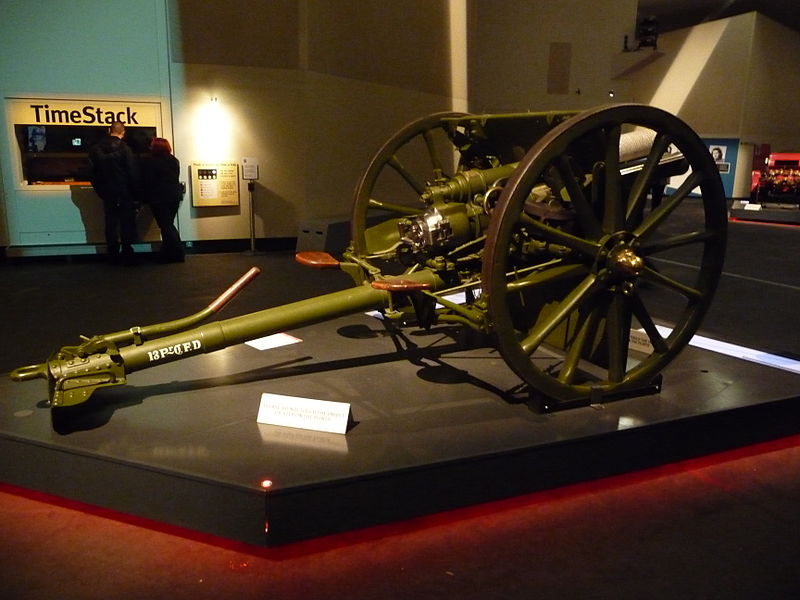
Artillery in the First World War Special Issue The Royal Artillery at Mons, 23 August 1914
artillery, in military science, crew-served big guns, howitzers, or mortars having a calibre greater than that of small arms, or infantry weapons.
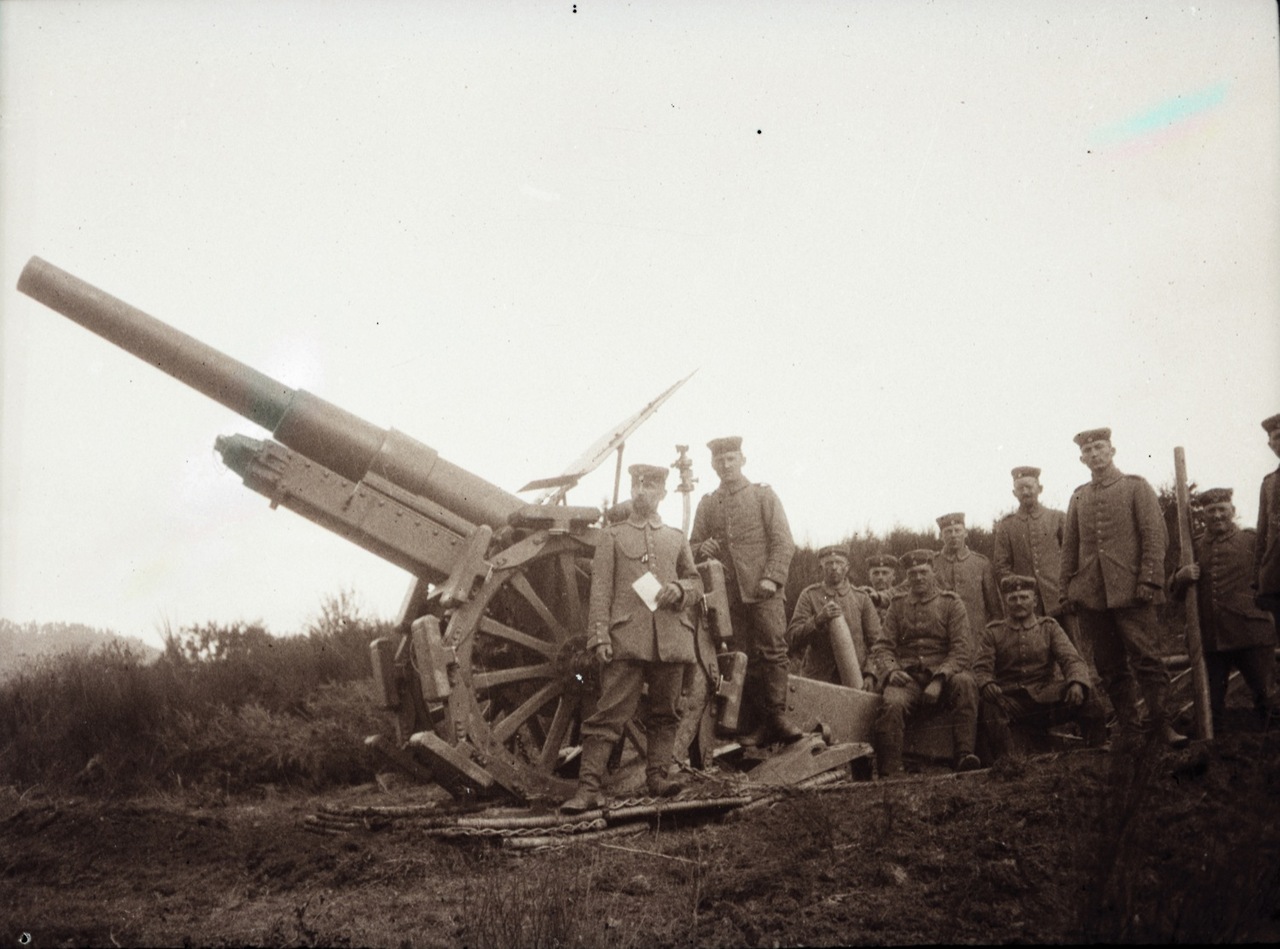
A German officer’s photo record of World War I The History Blog
Version 1.0 | Last updated 16 December 2014 Artillery By Dieter Storz PDF EPUB KINDLE Print Artillery consisted of the military's heavy firearms. As a branch of the armed forces, its purpose was to fire explosive-filled projectiles across relatively large distances.